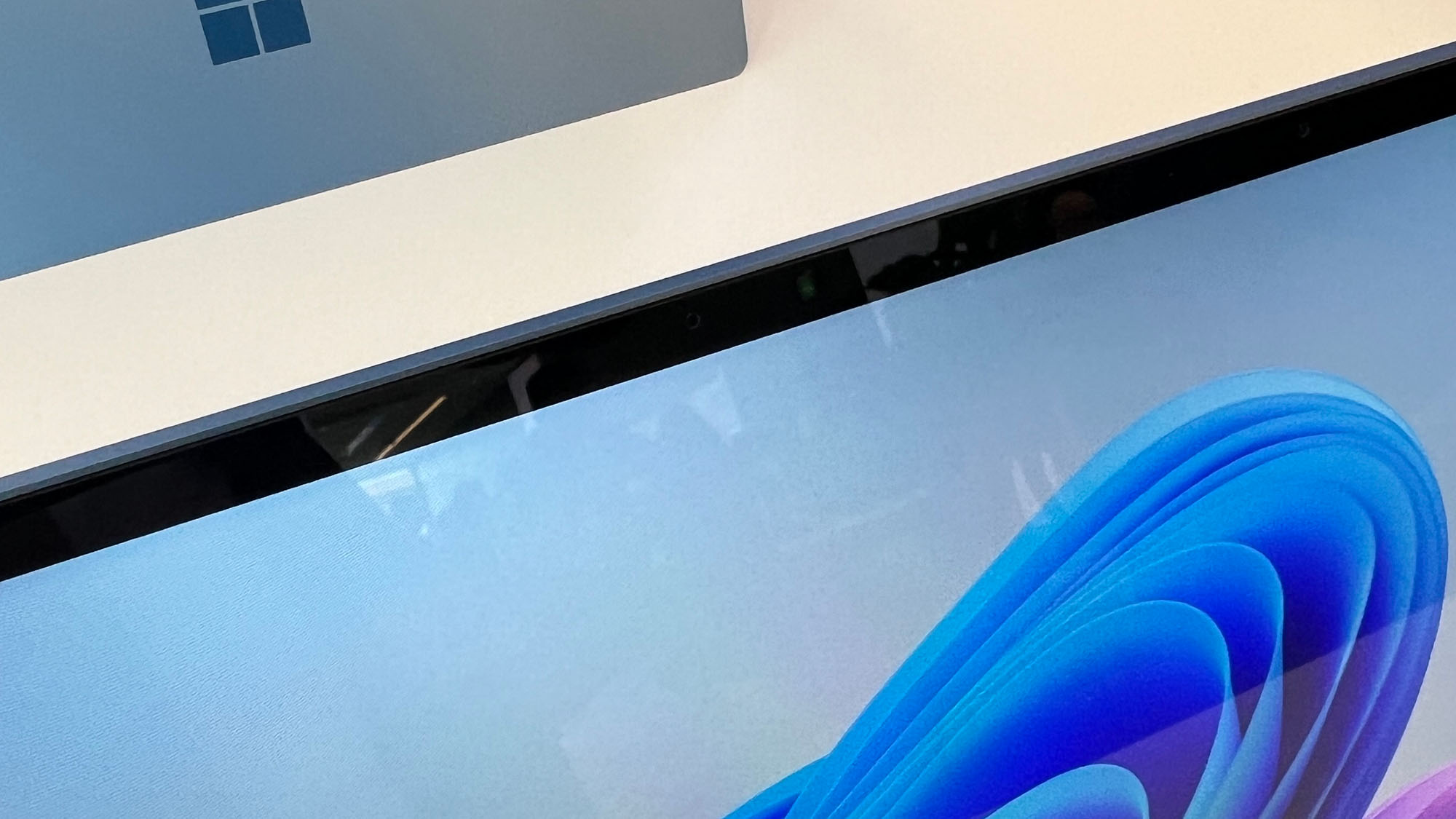Microsoft has made it harder to log in to Windows 11 using your face - and that’s good and bad news
Windows Hello change provides better security, but you can wave goodbye to low-light logins

- Windows Hello facial recognition no longer works in poorly-lit rooms
- This is due to a move Microsoft made to shore up security with the feature
- The change to require a ‘color camera to see a visible face’ means logins now fail in dark rooms, where previously infrared allowed them to work
Windows Hello, the system that allows for secure login to your Windows 11 (or 10) PC, no longer works when using facial recognition in a dark environment.
Indeed, this has been the case for a couple of months, because as Windows Central reports, Microsoft made this change in the April update for Windows 11, but it flew under the radar.
When some Windows Hello users noticed that they couldn’t successfully log in because their face wasn’t recognized sometimes, they may have just assumed it was a bug (or the feature being flaky, which it is occasionally). However, this is an intentional change by Microsoft as the company made clear in the April patch release notes.
Microsoft said, “For enhanced security, Windows Hello facial recognition requires color cameras to see a visible face when signing in.”
This security improvement was necessary due to a vulnerability being discovered that could potentially allow an attacker with access to the Windows PC to spoof their way past Windows Hello protection.
That trick evidently involved messing with the infrared camera – leveraging “adversarial input perturbations,” as Microsoft puts it in fancy security-speak – so to avoid this exploit, the company added the requirement for a color camera.
Why has this scuppered logins in darkened environments? Before the April update, Windows Hello could go purely off the infrared sensor to achieve a login in low-light (infrared scanning works fine without light, of course). However, now the feature needs your face to be visible to the camera, logins in those conditions just won’t work anymore.
Sign up for breaking news, reviews, opinion, top tech deals, and more.
Analysis: There’s a workaround, but it isn’t helpful

There’s no way of getting around this as such, and if you’re in a poorly lit room, Windows Hello facial login may well fail (when before it wouldn’t).
Okay, so Windows Central does point out there is a workaround here, namely that you can disable your webcam in Windows 11 (the actual camera can be turned off in Device Manager). With that done, Windows Hello will authenticate with the infrared sensor – because it’s the only option – and so it’ll work in the semi-dark again.
Presumably, if you go this route, though, you may be vulnerable to the mentioned exploit (unless that requires the camera to be active, a point that Microsoft doesn’t go into). At any rate, disabling the webcam is hardly a good solution, as it means you won’t be able to use it for video chatting (obviously, or anything else).
It’s a shame Microsoft had to tighten security in this way, but the software giant can’t risk leaving the door open to an exploit that someone who has stolen a Windows 11 laptop might be able to leverage in order to gain access to the device.
You might also like...
- Windows 11's hidden PC migration feature proves Microsoft isn't messing around when it comes to killing off Windows 10
- macOS Tahoe 26 is official - here's everything you need to know about all the new features
- Can’t upgrade to Windows 11? This Linux project wants to save your old PC from the scrapheap when Windows 10 support ends
Darren is a freelancer writing news and features for TechRadar (and occasionally T3) across a broad range of computing topics including CPUs, GPUs, various other hardware, VPNs, antivirus and more. He has written about tech for the best part of three decades, and writes books in his spare time (his debut novel - 'I Know What You Did Last Supper' - was published by Hachette UK in 2013).
You must confirm your public display name before commenting
Please logout and then login again, you will then be prompted to enter your display name.